Space Verdict
The DJI Mavic 3 Classic is everything you’d expect, with excellent image quality and the most advanced features currently available, but with a more attractive price than other Mavic 3 models.
Pros
- +
Excellent image quality
- +
Up to 5.1K video capture
- +
Advanced safety features
Cons
- -
Expensive despite lower price than Mavic 3 and Mavic 3 Cine
- -
Battery life is much lower than advertised
- -
Not aimed at beginners
Why you can trust Space.com
Camera: 4/3 20MP sensor
Video resolution: Up to 5.1K
Frame rates: 5.1K up to 50fps / DCI 4k Up to 120fps / 4K up to 120fps / FHD up to 200fps
Video transmission range: Up to 9 miles/15 km
Flight modes: Sport, Normal, & Cine
Battery: 5000 mAh / up to 46 minutes flight time
Charger type: 100-240 V AC, 47-63 Hz, 2.0 A
Weight: Standard 895 g/31.5 oz
Dimensions: Folded 221 x 96.3 x 90.3 mm / Unfolded 347.5 x 283 x 107.7 mm
The DJI Mavic series has come a long way in a short time, taking foldable drones into the mainstream and delivering class-leading technology at each step of the way. The most recent model in the series is the DJI Mavic 3 Classic, launched less than a year after the original two Mavic 3 models, but with two important differences: a lower cost and a single camera.
The DJI Mavic 3 Classic offers users a more cost-effective option than the original DJI Mavic 3 and Mavic 3 Cine models, thanks to the removal of the telephoto camera. This additional camera offers an equivalent focal length of 162 mm, but with limited control over settings it remains superfluous for many users. The Mavic 3 Classic houses the more useful, and indeed impressive, Hasselblad 20MP 4/3 camera.
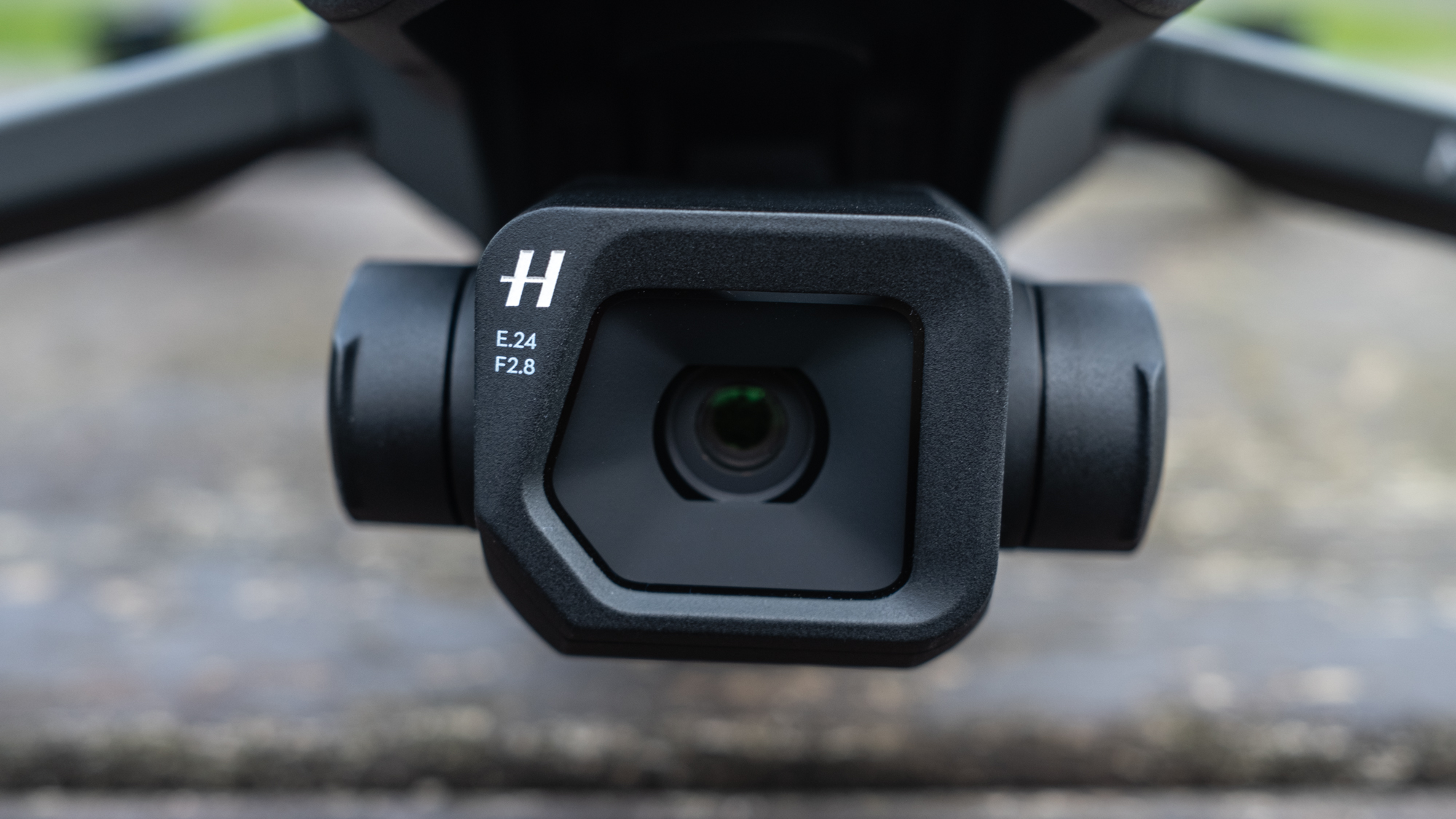

The camera itself is the jewel in the Mavic 3 Classic’s crown, with an adjustable f/2.8-f/11 aperture in the 24 mm equivalent lens. This produces excellent image quality for both photos and videos and allows for a great deal of control over settings, including a 3x digital zoom with the ability to capture photos in JPEG or Raw. And for video, this can be shot at 5.1K up to 50fps.
The Mavic 3 Classic is available in three kits: the DJI Mavic 3 Classic (DJI RC-N1 controller) for $1,599/£1,399, the DJI Mavic 3 Classic (DJI RC smart controller) for $1,749/£1,529, and the DJI Mavic 3 Classic (drone only) which costs $1,469/£1,309 and is aimed at individuals who already own a compatible controller. A DJI Mavic 3 Fly More Kit including a carry bag, two additional batteries, a three-battery charging hub, and other accessories costs $649/£529, while the DJI Mavic 3 Classic ND Filters Set (ND8/16/32/64) will set you back $129/£109.
So how does this new addition to the line up compare to the best drones currently on the market? We've put the Classic through its paces to find out.

DJI Mavic 3 Classic: Design
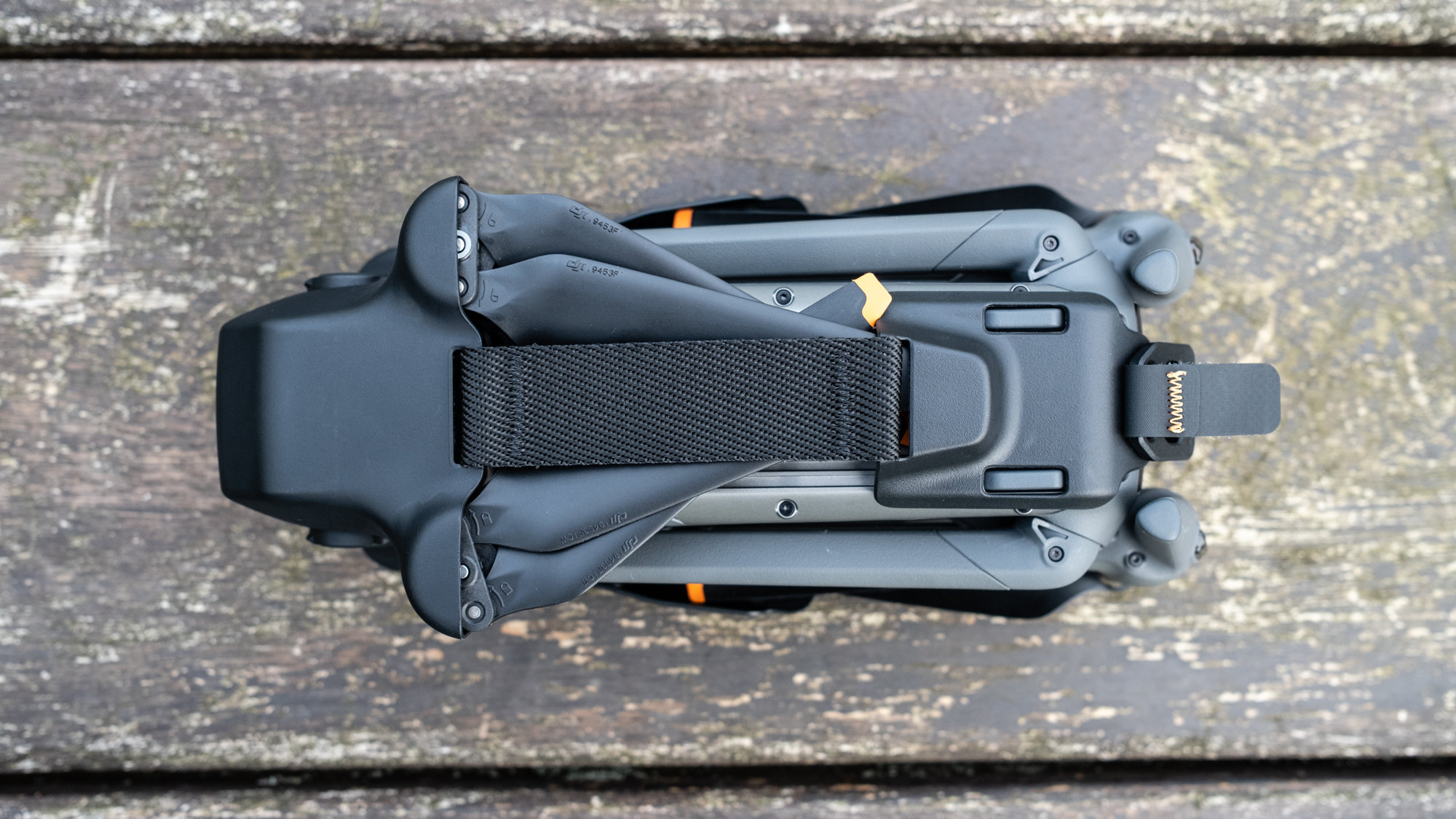
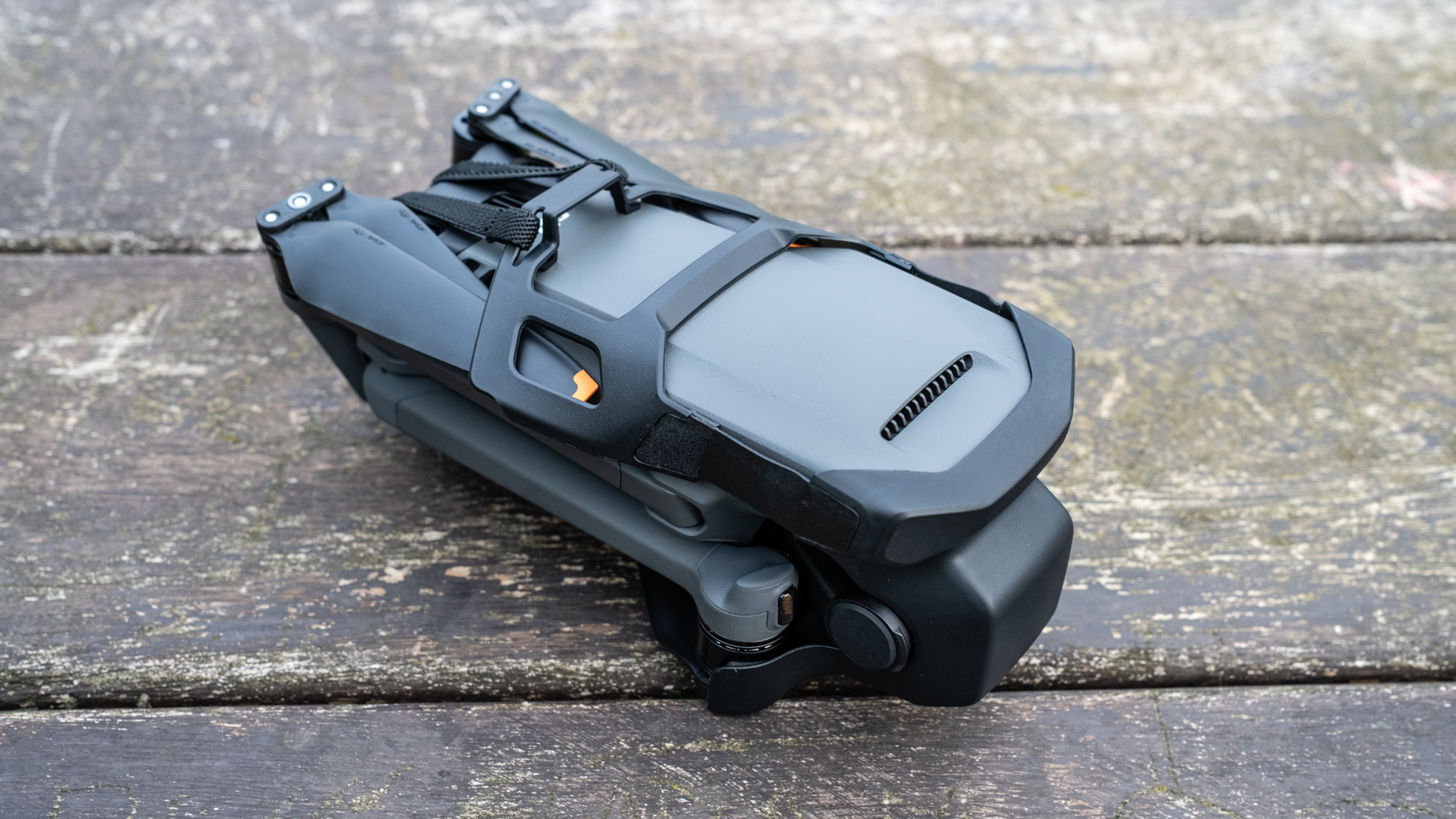
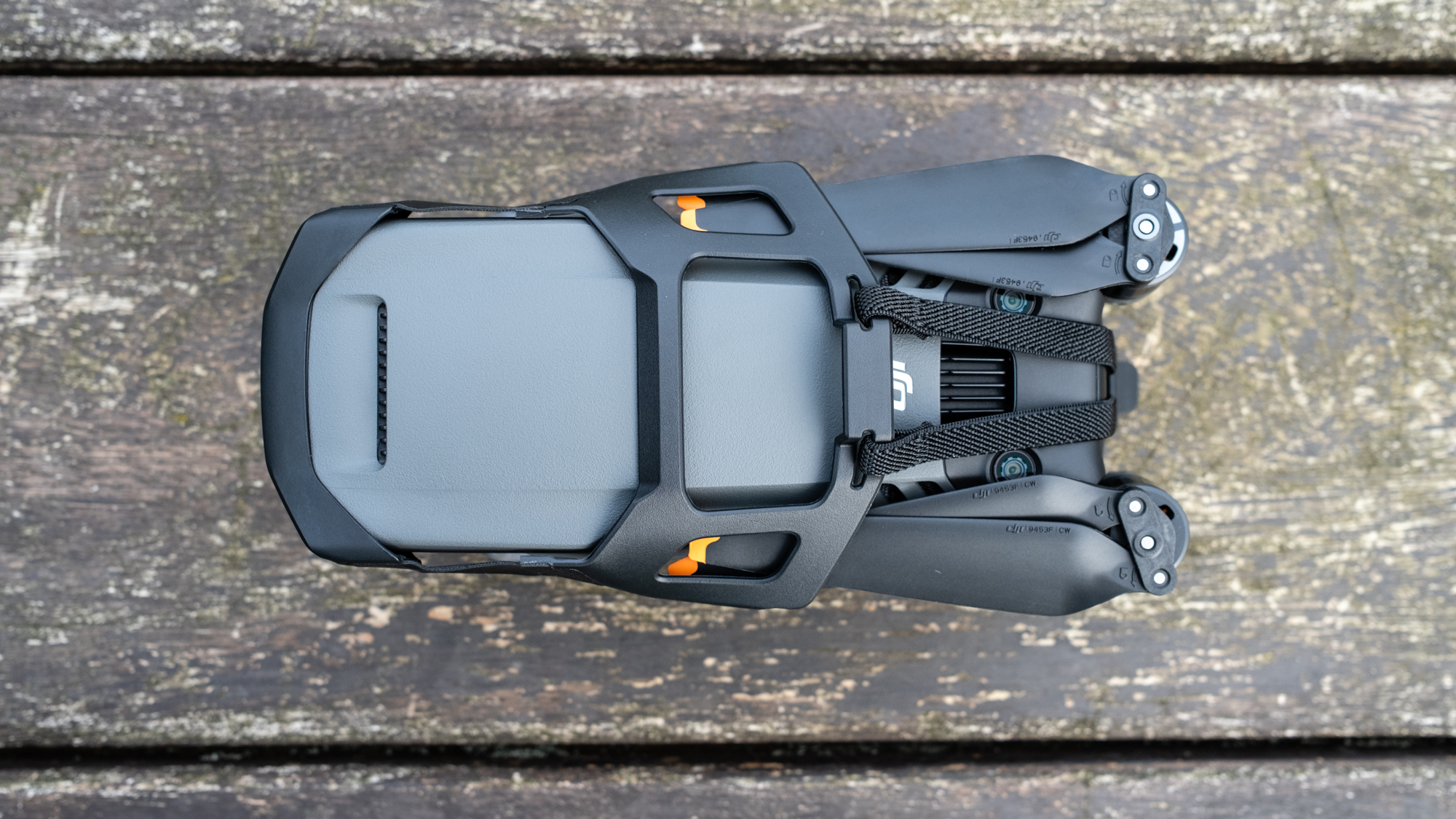

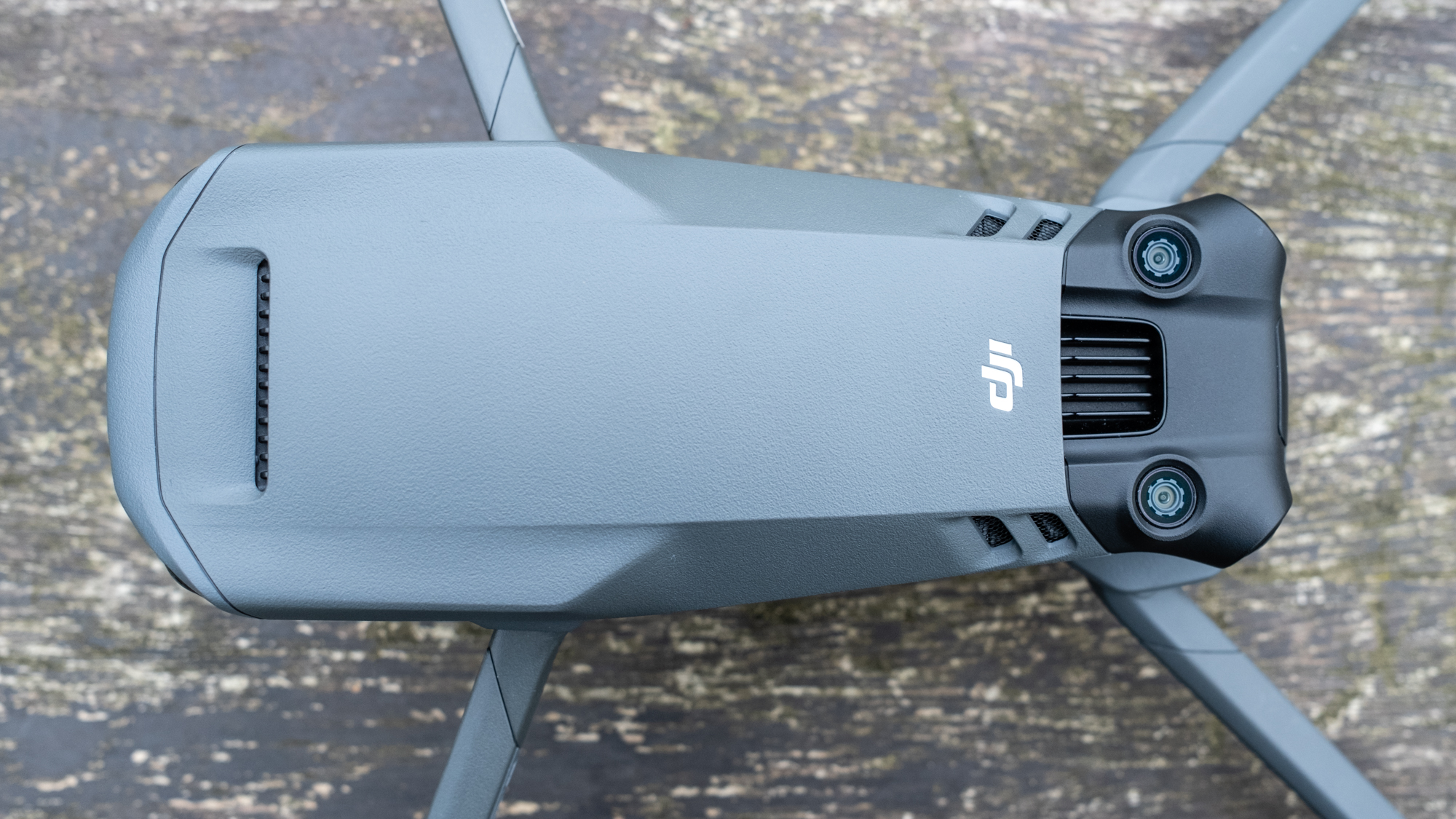

- Excellent build quality
- Folding design
- Two controller options
The DJI Mavic 3 Classic features the standard folding design associated with all Mavic models, making the drone smaller and more portable when not in use. Folded, the drone is just 221 x 96.3 x 90.3 mm, and 347.5 x 283 x 107.7 mm when unfolded for flight with a weight of 895 g/31.5 oz. The batteries used are the same as those in the original models and have an advertised flight time of up to 46 minutes which is around 30 minutes in real-world situations.
The main difference between the Classic and other Mavic 3 models is the absence of the telephoto camera with a 162 mm equivalent focal length. The Classic houses only the more useful 4/3 20MP Hasselblad camera which is all most users require, although the overall weight of the drone remains the same as the Mavic 3.
Breaking space news, the latest updates on rocket launches, skywatching events and more!
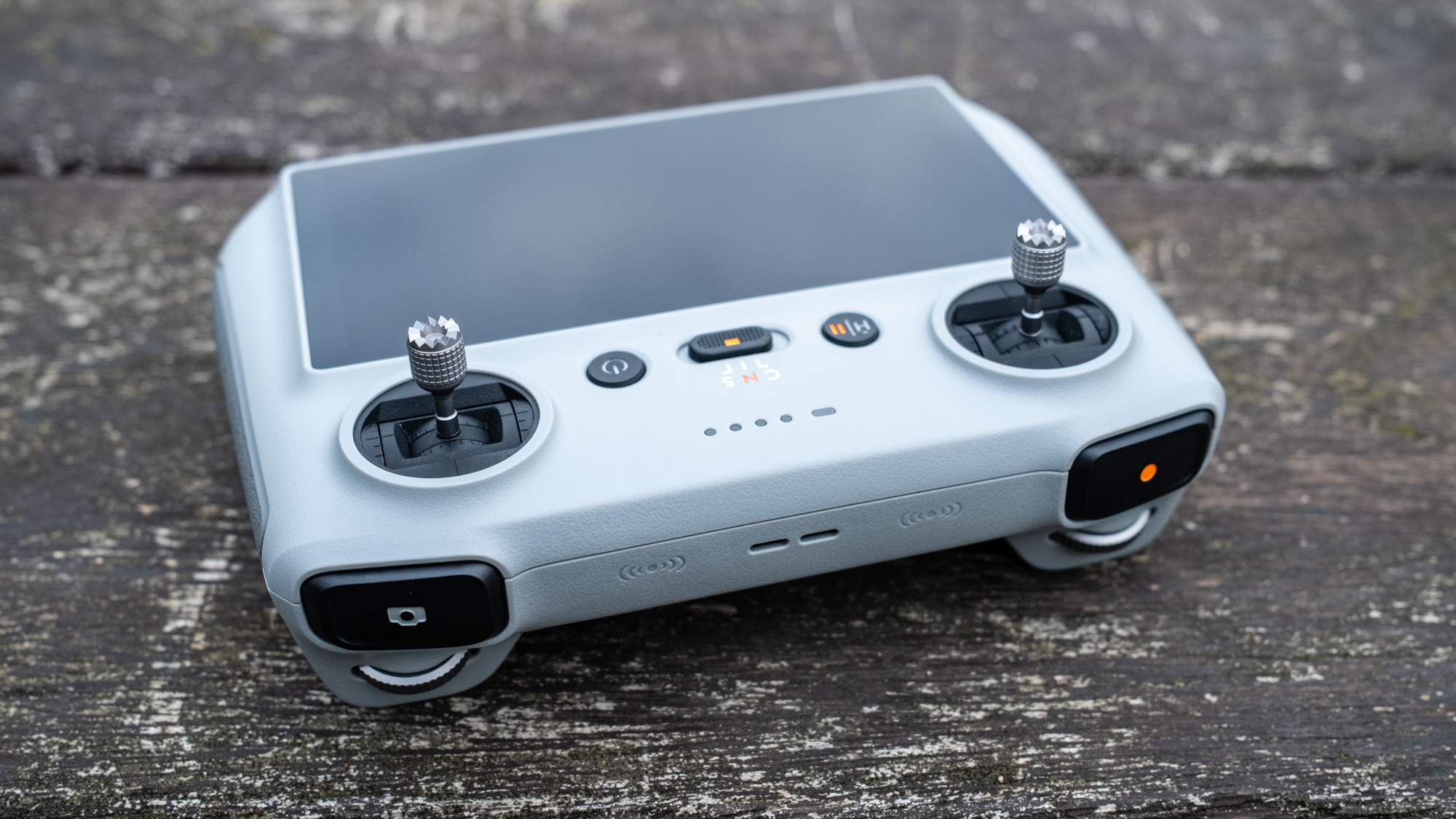

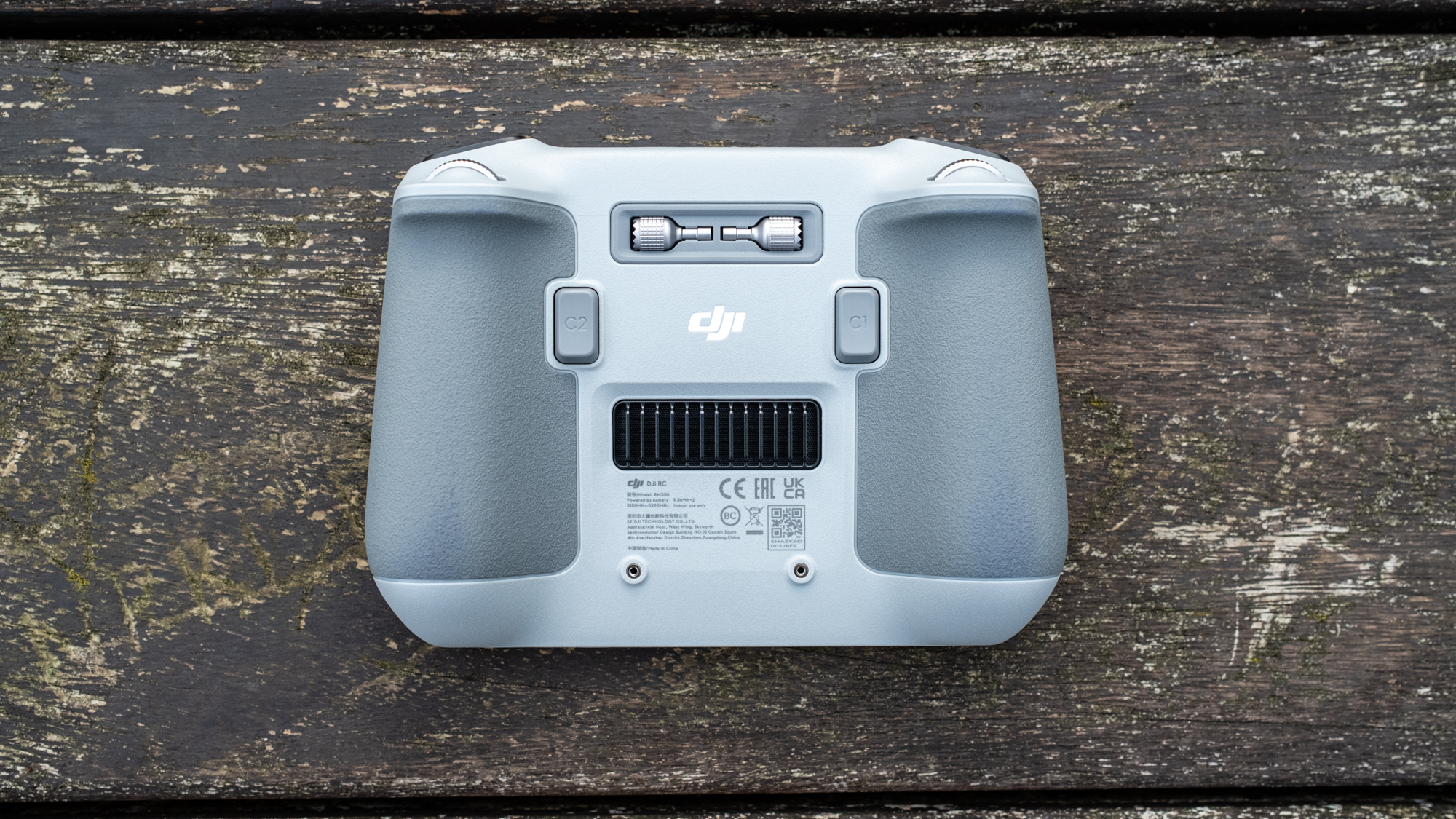
There are two controllers available depending on your budget and requirements. The less expensive kit, but not by much, uses the DJI RC-N1 – the same controller used with the Mavic Mini 3 Pro, Mavic Air 2, and Air 2S. This is a standard controller with no LCD screen and a retractable phone holder at the top of the unit. The second kit comes with the DJI RC smart controller with a 5.5-inch touchscreen offering convenience and an improved user experience overall.
DJI Mavic 3 Classic: Functionality

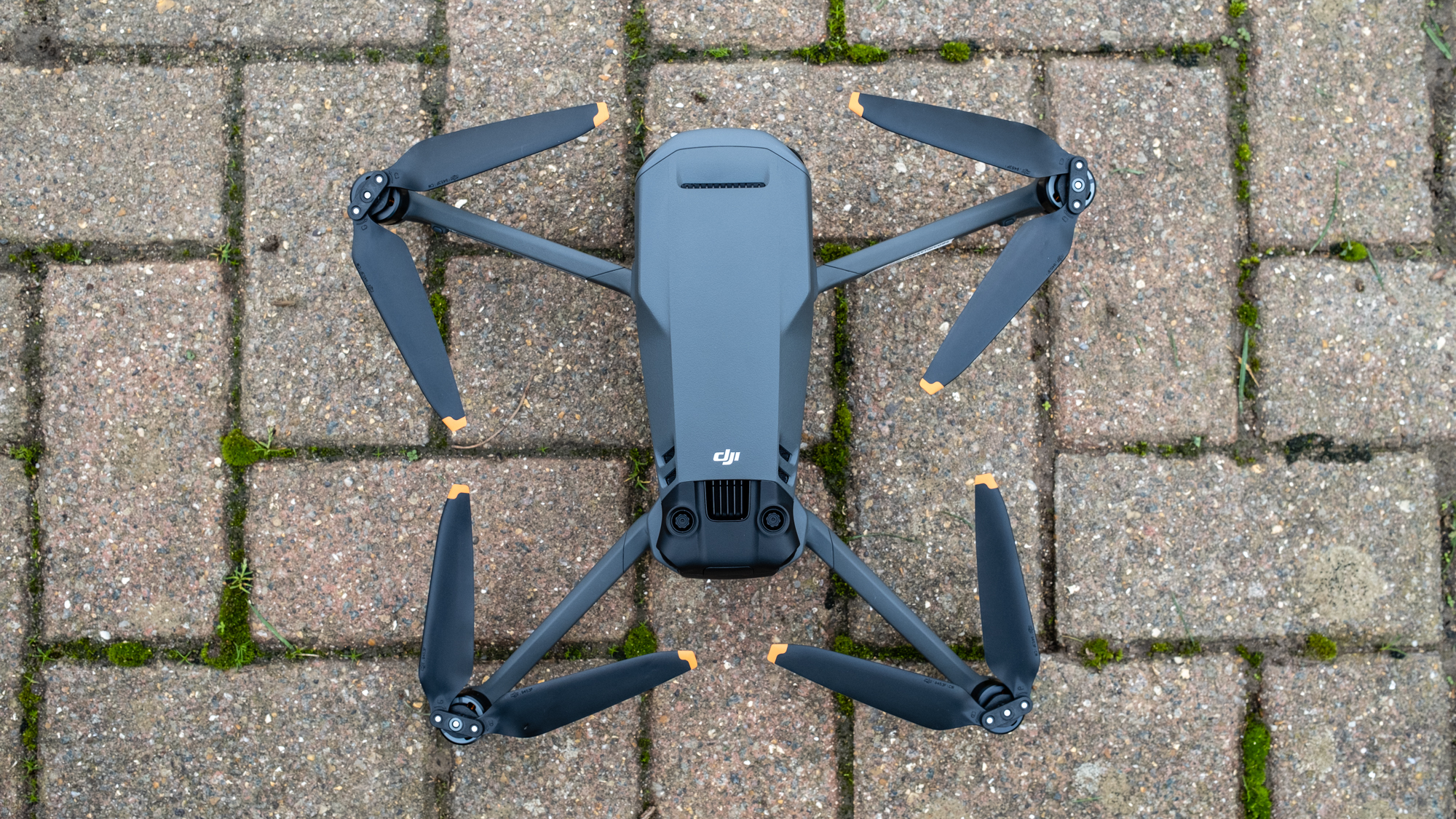
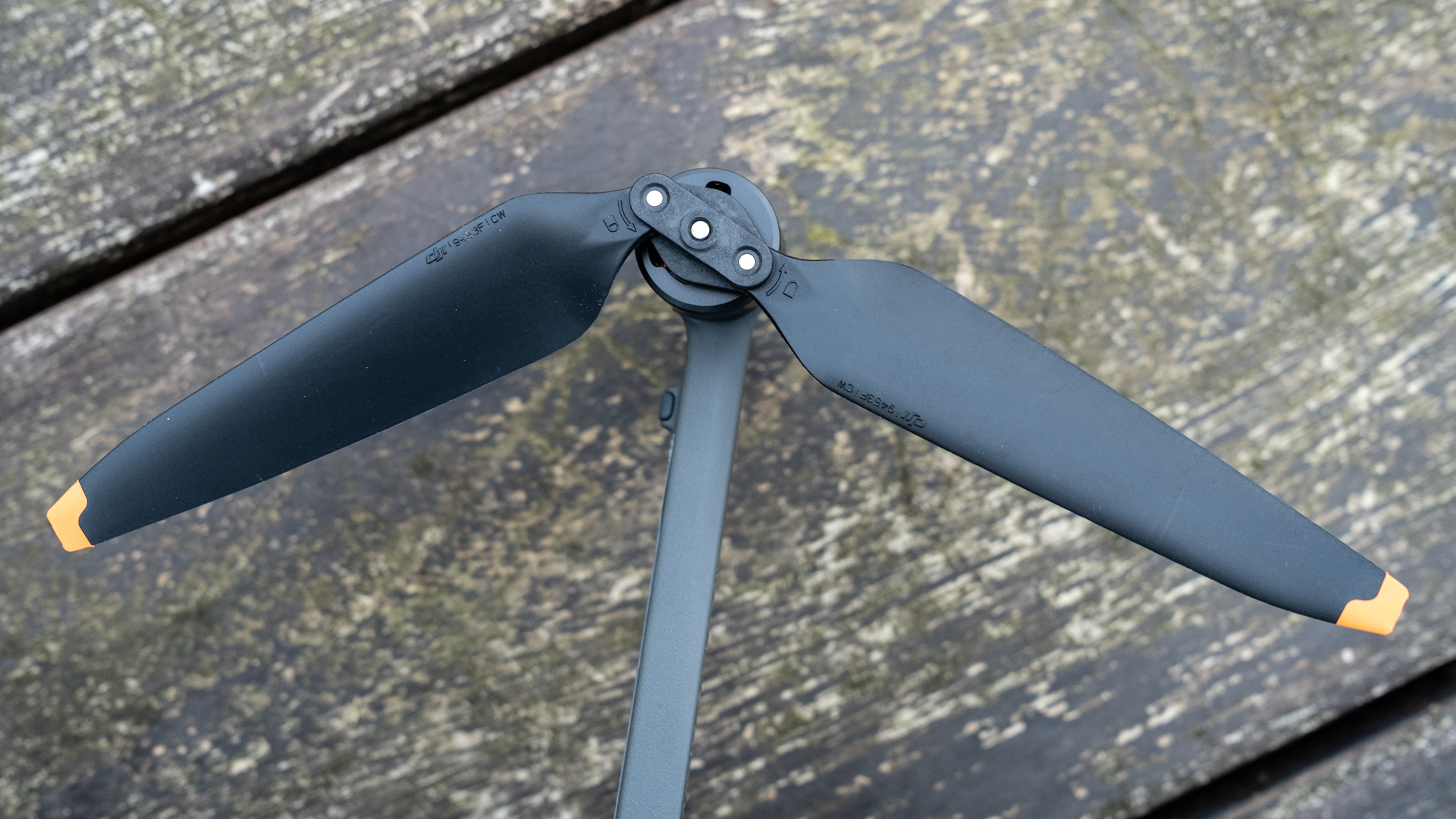
- ActiveTrack 5.0 subject tracking
- Advanced collision avoidance
- Cruise control
There’s no faulting the DJI Mavic 3 Classic in flight – its precise positioning is provided by connection to GPS, GLONASS, and BeiDou satellites. It’s certainly no slouch either, with a top speed of 47 mph possible in Sport Mode, while Normal Mode provides a more sedate yet reliably snappy flight experience. Cine Mode provides a further speed reduction alongside reduced sensitivity in the controls for a slower and smoother flight for capturing cinematic video footage.
This is undoubtedly a drone aimed at advanced enthusiasts and professionals, but the ease of use and flight safety features on offer mean that even absolute beginners can fly with confidence. These include Advanced Return to Home that scans up to 200 m to determine the safest and most efficient route back to the take-off point. AirSense ADS-B receivers provide notification of nearby planes and helicopters, while the GEO 2.0 geofencing system delivers information about restricted airspace and potential flight hazards.

Most notably, the Classic employs multiple vision sensors to sense obstacles in all directions and provides obstacle avoidance with the Advanced Pilot Assistance System (APAS) 5.0 which combines six fisheye sensors and two wide-angle sensors. When enabled, the drone can be set to fly autonomously around obstacles when detected to maintain continuous flight or to brake. The Bypass option also has a Nifty Mode which claims to provide smoother flight in complex environments, but with a higher collision risk.
Then there’s ActiveTrack 5.0 for subject tracking. This uses the omnidirectional obstacle sensing system to improve subject tracking when using these modes. There are also Quickshots Shooting Modes which are automated flight patterns that allow you to capture professional-looking video at the touch of a button, alongside a new cruise control feature designed to provide smooth flight in any direction without having to hold the control sticks in position to maintain movement.
DJI Mavic 3 Classic: Performance

- Excellent image quality for photos and videos
- 12-bit Raw and JPEG photos
- Video up to 5.1K
The Mavic 3 Classic Hasselblad camera, like the main camera on the Mavic 3 and Mavic 3 Cine, features a 20MP 4/3 sensor and an adjustable f/2.8-f/11 aperture in the 24 mm equivalent lens. Image quality for both photos and videos is excellent, with the center of images being the sharpest while there is a small amount of fall-off at the edges in photos. ISO handling is also impressive with useable results throughout the full ISO 100-6400 range, although it’s still best to shoot with the lowest setting possible to maximize image quality.
Photos can be shot in both 12-bit Raw and JPEG, and with functionality including auto exposure bracketing, burst shooting, hyperlapse, and panoramic images – there’s plenty of functionality for photographers. Another bonus it that the sensor is claimed to deliver 12.8 stops of dynamic range and there’s certainly scope for recovering shadow detail in high-contrast scenes.
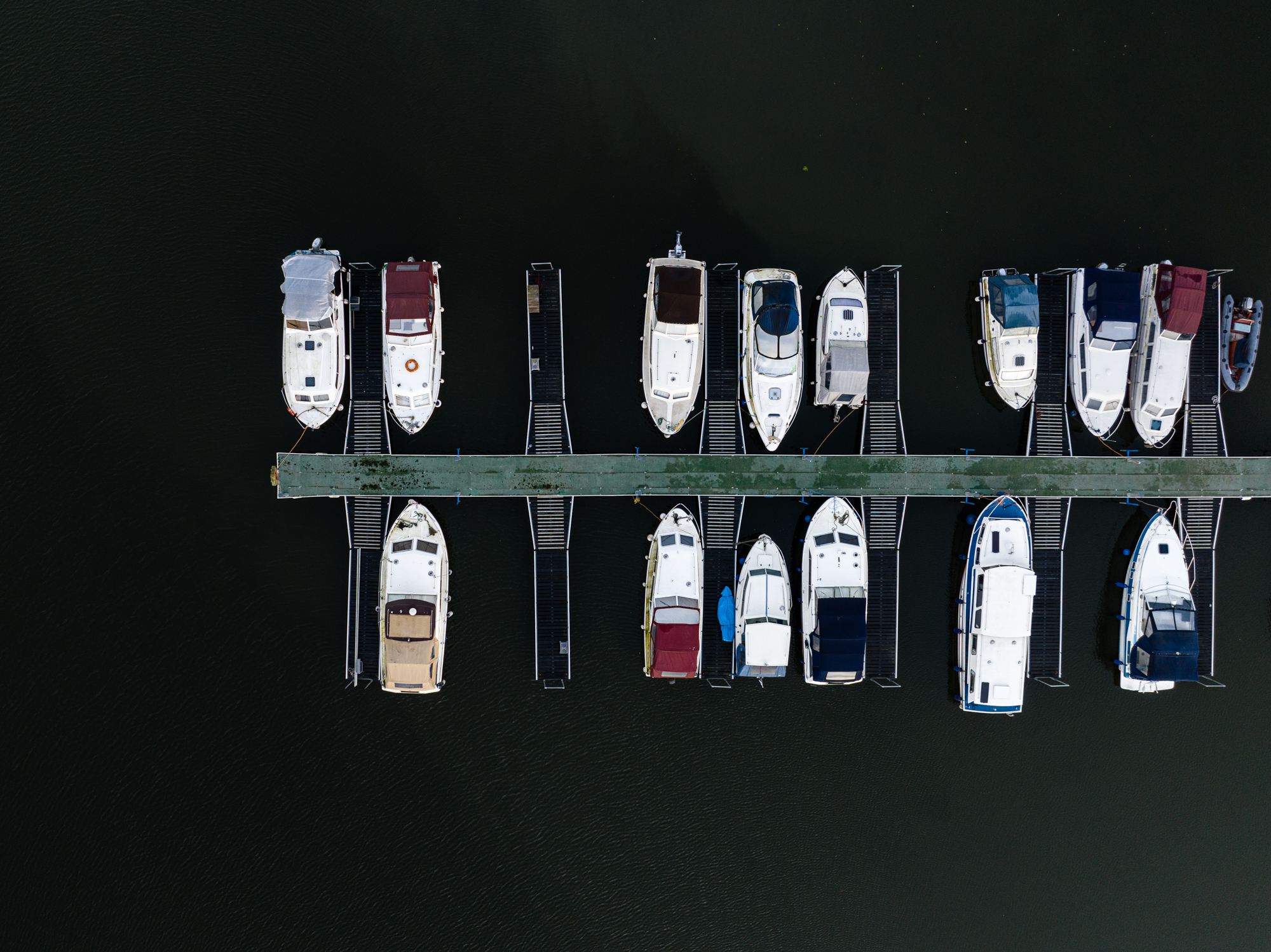
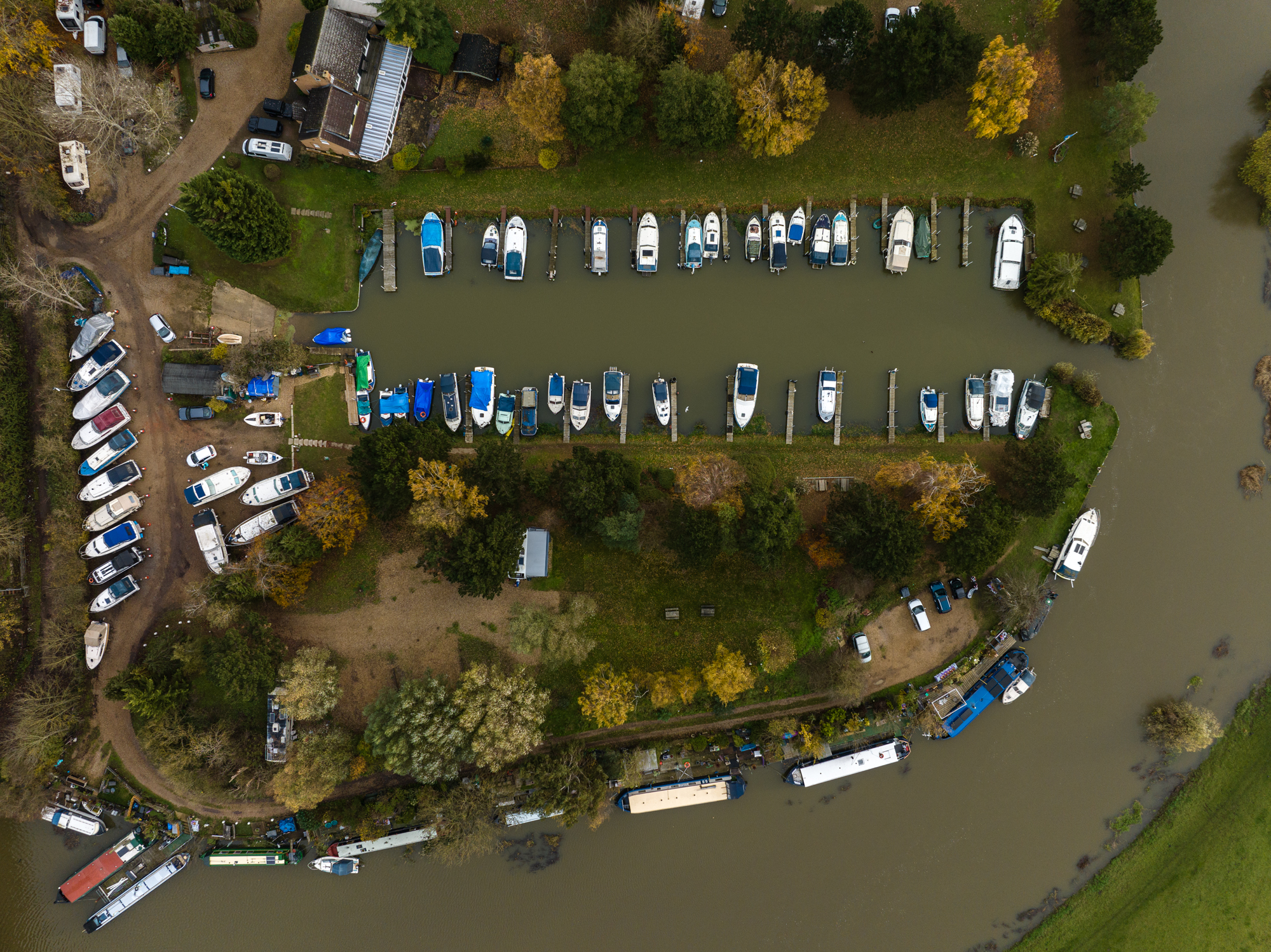


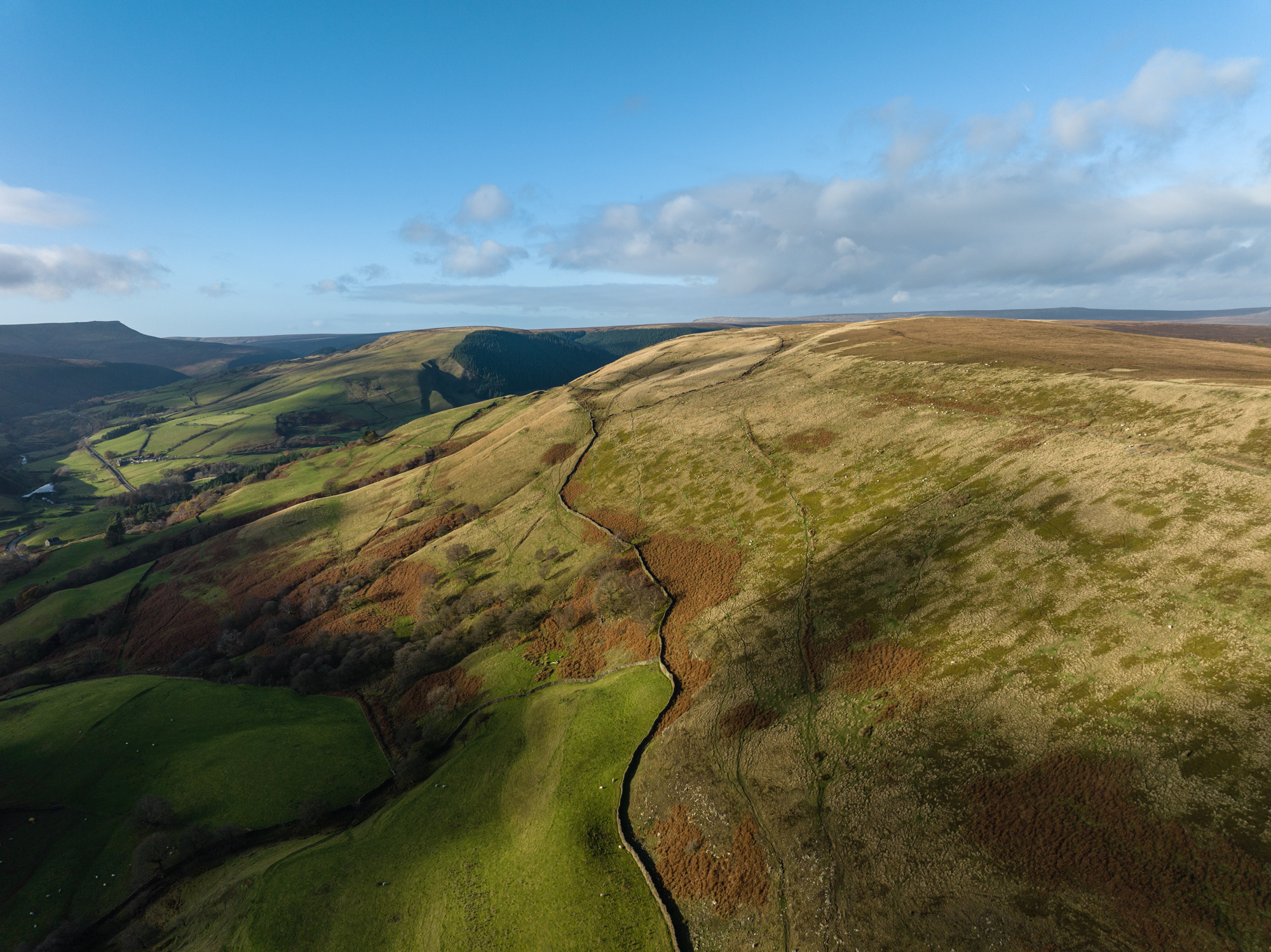
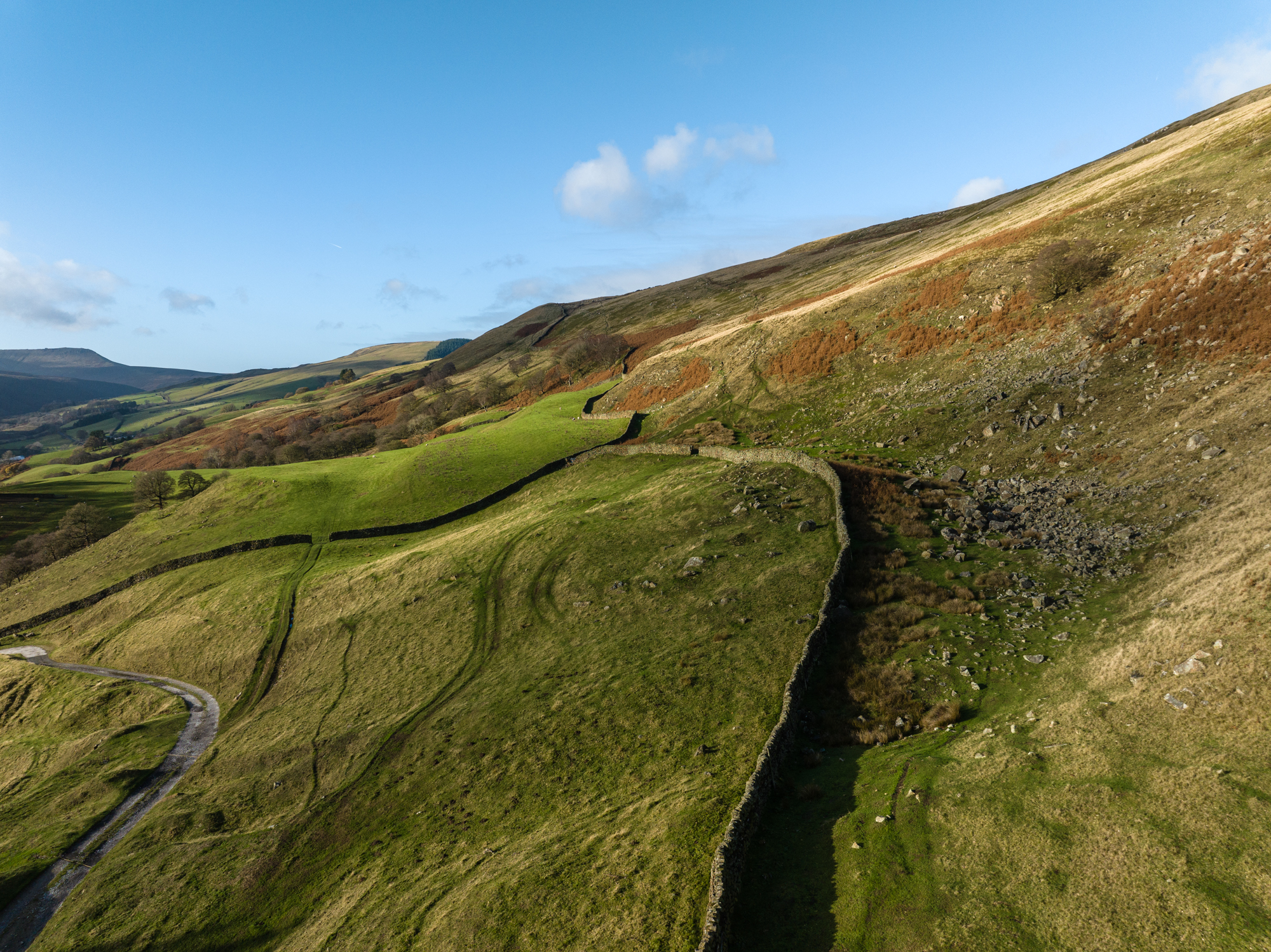
Video can be shot at 5.1K up to 50fps, DCI 4K (4096x2160) 17:9 cinematic 4K at up to 120fps, 4K at up to 120fps, and FHD up to 200fps. Plus, video can be captured in H.264 and H.265 at 200Mbps in Normal, HLG (hybrid log-gamma high dynamic range), and 10-bit D-Log profiles. The Normal profile produces great results out of camera while HLG produces a footage with wider dynamic range. D-Log is a flat profile used for color grading in professional workflows. The Classic, unlike the Mavic 3 and Mavic 3 Cine, does not offer Apple ProRes video capture.
To quickly share photos and videos, the new High-Speed Quick Transfer feature allows you to transfer files to a mobile phone over Wi-Fi at speeds of up to 80MB/s – perfect for sharing content to social media and clients.
DJI Mavic 3 Classic: Cost
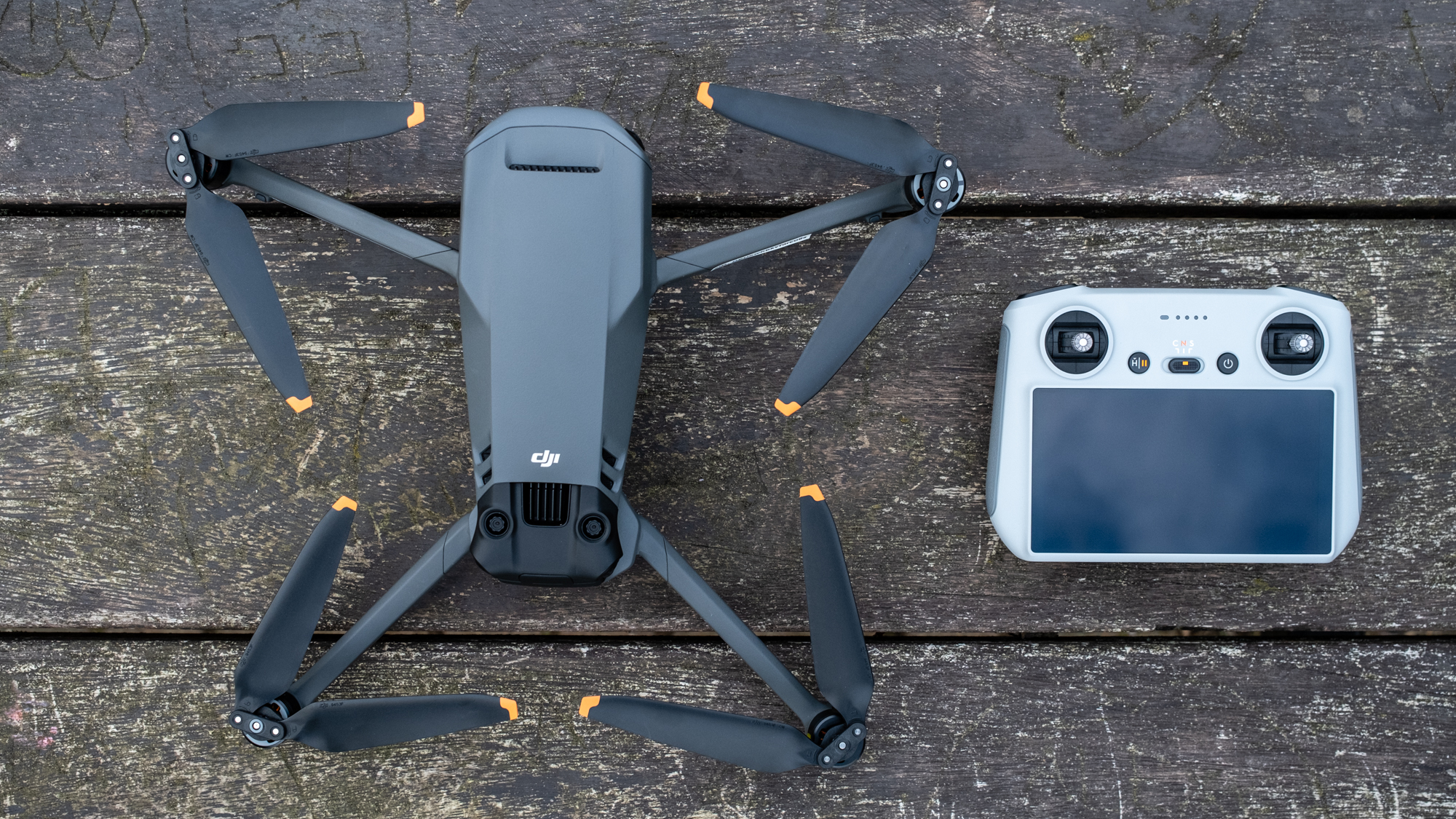
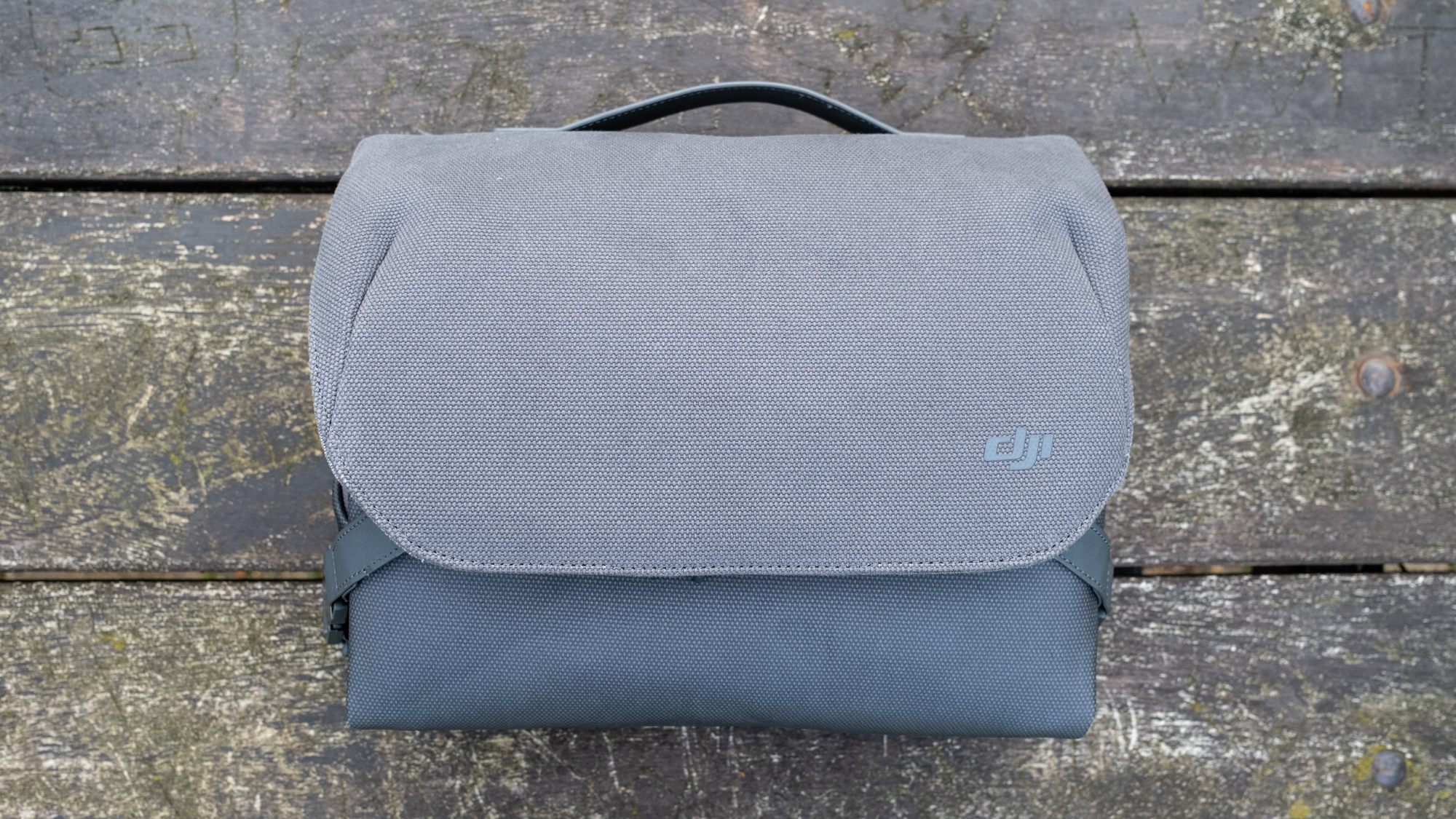
The new DJI Mavic 3 Classic costs less than the standard Mavic 3 model, although it remains an expensive model that may still be too pricey for many. The original DJI Mavic 3 costs $2,049/£1,729, while the DJI Mavic 3 Classic costs $1,599/£1,399, so there’s a reasonable saving to be had if you don’t want or need the second telephoto camera.
The DJI Mavic 3 is also available in a Fly More Bundle, which also includes a carry bag, two additional batteries, a three-battery charging hub, and other accessories and costs $2,849/£2,399. For the Mavic 3 Classic, the Fly More kit has to be purchased separately for $649/£529, taking the total cost up to $2,248/£1,928. So, whichever option you go for, savings compared to the original model range from $450-$601/£330-£471.
The aforementioned kits all include the DJI RC-N1 controller, which requires an Android or iOS smartphone to run the DJI Fly app for camera control and to access settings. The Mavic 3 Classic is also available with the DJI RC smart controller with a built-in screen and costs $1,749/£1,529. So, not a great deal more for convenience and a larger screen than most phones.
Keep an eye on our round-up of the best drone deals as this page is updated regularly with the latest savings.
Should you buy the DJI Mavic 3 Classic?
Budget is often one of the key factors when making a purchase, so this alone may be a stumbling block you can’t overcome. The DJI Mavic 3 Classic is one of the best consumer/prosumer drones available today. Not to mention, image quality is also the best available for a drone of this size and weight. So, if you have the budget and you would like to enjoy the best image quality in a medium size foldable drone, the Mavic 3 Classic is a no-brainer.
Although the Mavic 3 Classic isn’t a beginner drone, its safety features make it incredibly easy to fly regardless of your drone flying experience. For professionals and advanced pilots, it will almost certainly be an attractive option, but even beginners with deep pockets could enjoy a drone that will exceed their needs in the beginning and continue to match them in the future.
If this product isn't for you
If you can’t justify the cost of the Mavic 3 Classic but would still like a powerful and fully featured drone, the Autel EVO Lite+ is a fantastic option with similar size, weight, flight, and safety features. But rather than having a 4/3 sensor, the Lite+ has a 1-inch sensor and costs several hundred dollars/pounds less for the Premium Bundle, which is the Autel equivalent of the Fly More Bundle.
Some people prefer lightweight drones, so if both the Mavic 3 Classic and EVO Lite+ are too large and heavy, the DJI Mini 3 Pro is the best sub 250 g drone available. Image quality is fantastic, and you can rotate the camera 90° to shoot portrait format photos and videos. This small and lightweight drone can be easily carried alone or alongside other photo and video gear.
Still not entirely sure what you’re looking for? Then our guides to the best drones, best FPV drones, best beginner drones, and best camera drones are a great place to start.
James is an award-winning freelance landscape and portrait photographer, as well as a highly experienced photography journalist working with some of the best photography magazines and websites with a worldwide audience. He’s also the author of The Digital Darkroom: The Definitive Guide to Photo Editing. www.jamesaphoto.co.uk



